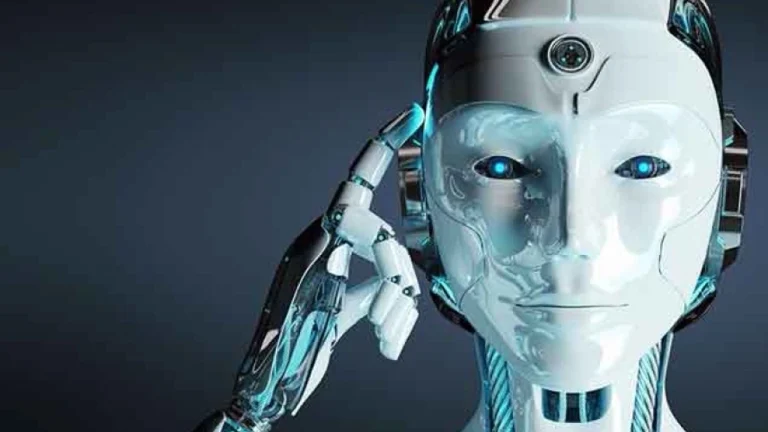The humanoid robotic Fourier GR-2 has been making headlines not too long ago. Listed here are crucial and hanging particulars about this much-discussed matter…
As thrilling developments in robotics proceed, China-based Fourier Intelligence has superior its GR collection of humanoid robots with the introduction of the GR-2 mannequin. Constructing on final 12 months’s GR-1, the GR-2 presents substantial enhancements each bodily and functionally. Standing at 175 cm and weighing 63 kg, the GR-2 is designed to be at eye degree with most adults. In contrast to the sooner fashions of the GR-1, which had a slim and skeletal look, the GR-2 includes a extra polished and classy exterior. Its delicate inside elements at the moment are protected by a sturdy plastic casing.
Humanoid robotic Fourier GR-2 is on the agenda
One of many standout options of the GR-2 is its upgraded motors. The actuators, which produced 300 Nm of torque within the GR-1, have been enhanced to 380 Nm within the GR-2, considerably boosting the robotic’s lifting capability. Though Fourier has not absolutely disclosed the precise capability, it’s speculated that the GR-2 surpasses the GR-1 on this space, because the GR-1 might elevate almost its personal weight. Moreover, the GR-2 can stroll at a velocity of 5 km/h.

One of many GR-2’s most notable improvements is its fingers. With 12 levels of freedom and the power to sense tactile pressure, these fingers permit the robotic to immediately regulate its grip power by “feeling” the form and materials of the objects it touches. Whereas these electrically powered fingers could also be slower and fewer highly effective than the hydraulic techniques utilized in different humanoid robots, they’ve the potential to supply exact and secure dealing with, particularly when paired with superior synthetic intelligence algorithms.
At present, the GR-2’s fingers can carry weights of as much as 6 kg. Because of this, it’s acknowledged that the robotic shouldn’t be designed for industrial duties like heavy lifting however fairly for offering in-home help to aged or disabled people. In areas with growing old populations or labor shortages, these robots are seen as a big resolution.
The AI techniques built-in into the GR-2 supply main developments in studying and interplay. The robotic may be managed in numerous methods, together with distant management (telepresence), VR instructions, or direct manipulation of its limbs. By way of a method known as “lead-through programming,” customers can bodily information the robotic to show it new duties.
The GR-2 is suitable with widely-used open-source robotics growth software program corresponding to ROS, Mujoco, and Nvidia’s Isaac Lab, making it a super platform for each industrial and educational analysis and growth initiatives.
AI-powered humanoid robots are quickly evolving and appear poised to play a bigger function in our day by day lives quickly. Robots just like the GR-2 maintain nice potential in home care and assist. Nonetheless, the most important problem stays getting robots to work together with the true world in a secure, efficient, and sensible method. Humanoid robots usually are not but prepared for widespread day by day use, however with the quick tempo of AI developments, progress on this space is predicted to proceed at an identical velocity.
What are your ideas on this? Share your opinion within the feedback!
You might also like this content material
Observe us on TWITTER (X) and be immediately knowledgeable in regards to the newest developments…
Copy URL










